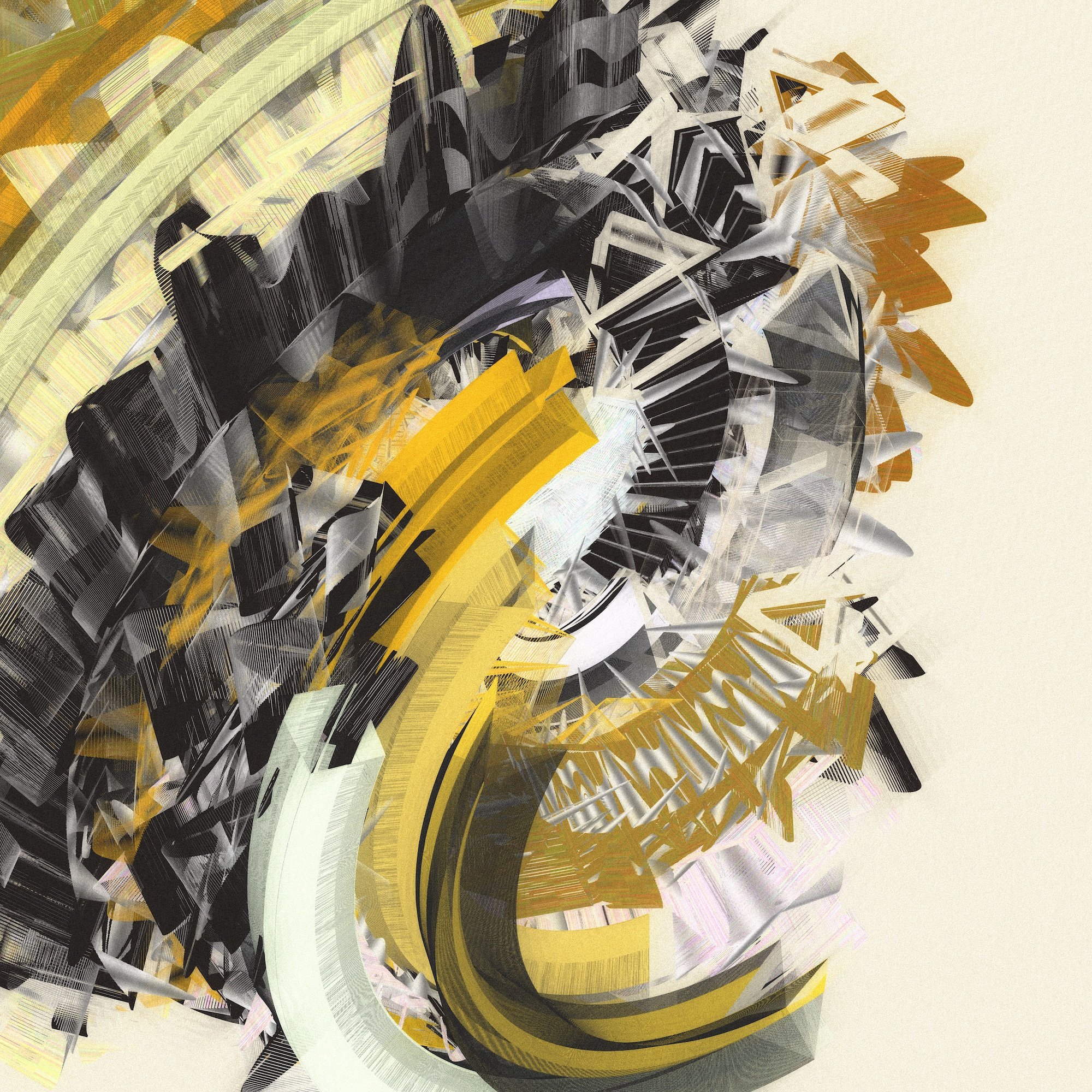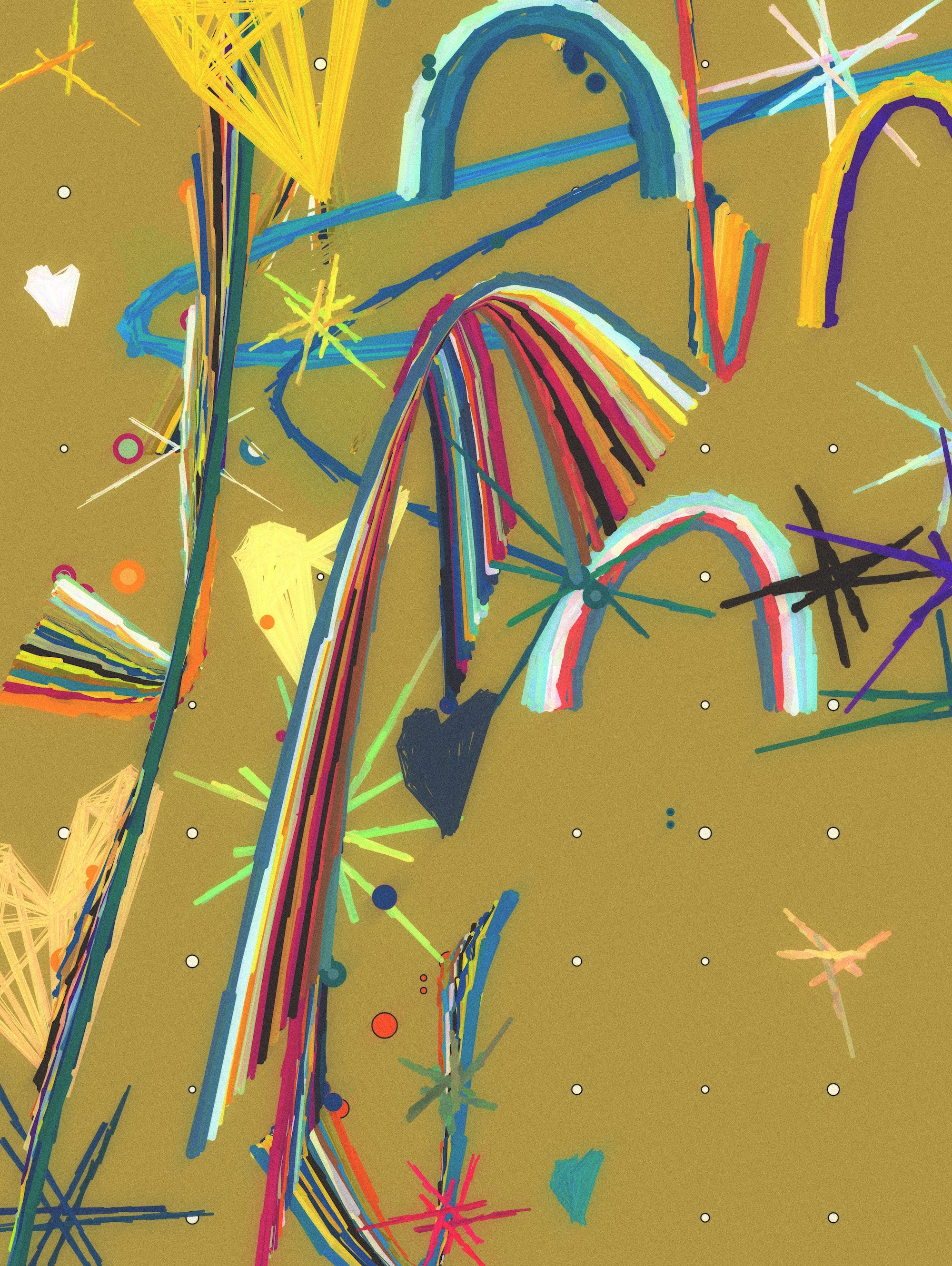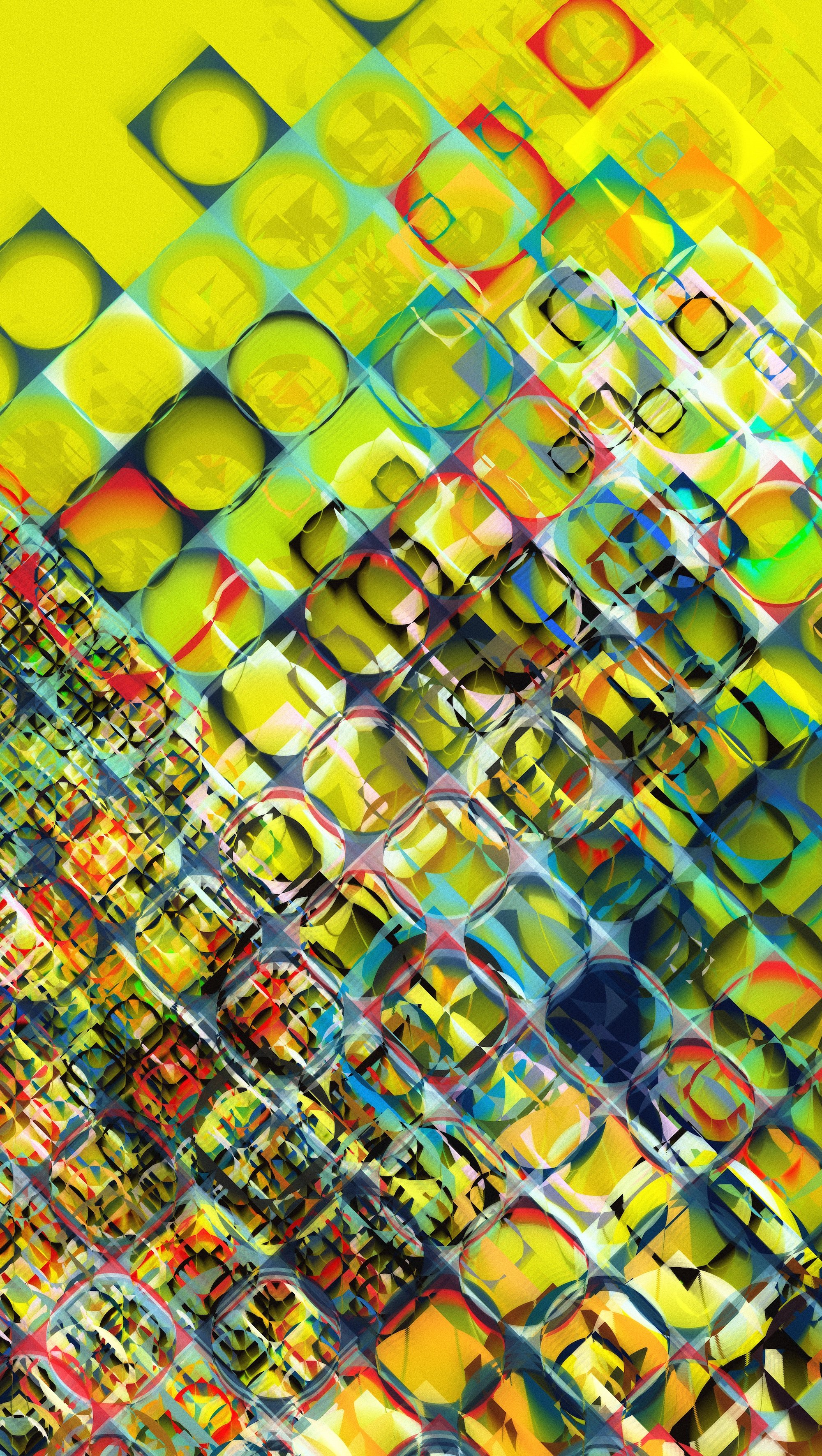LO QUE NO ESTÁ BY MARCELO SORÍA-RODRÍGUEZ
This was part of an ongoing series of articles that released was digitally in November 2022. They were first published in the print edition of the Bright Moments Quarterly that was distributed at NFT ART CDMX in Mexico City.
Thanks so much for taking the time to do this interview, Marcelo. In one of your texts, you explain the motivation behind your work as the exploration of “new relationships that arise when synthetic entities enter into society.” Taking this as a point of departure, I would like to begin by asking you what relationships arise with the entrance of on-chain generative art into society?
Given that this trend is so new, it is hard to know what the effects on a larger scale will be. But if we look on the small scale where we see it operating, one can see very clear effects, I think. One is the financial independence of content creation. I have seen many creatives take the decision to leave their previous jobs to create independently, and this is the most obvious effect that this technological shift has on society.
We are entering a new cycle where people can sell digital assets and pursue their career paths as independent creators. And I believe that once we have shown what is possible without top-down creative restrictions (by a brand or corporation), maybe some of these people will have new relationships with institutions and people who need their skills and creativity.
In the economy, we sometimes are too focused on short-term results. Everybody optimizes for this, especially in the creative industry. But what if the metric is something like: how are you really impacting the lives of people? Maybe this is too idealistic, but I do think that there can be some change in this regard. Once we have discovered how this type of content can change people’s lives, companies may become more interested in it.
As creators gain more freedom in their work, there is also a lot more diversity emerging in the realm of art. There is more art for more people, and that’s a very positive thing. And then there is this other element. All this art might become a massive data set that could be used to train algorithms to better understand how humans respond emotionally to art.
Your last comment is a great link to my next question. Before you became a full-time artist, you worked as a data scientist. How does your approach to technology differ in the respective fields? And how do you understand the relationship between art and technology in our present?
The relationship between art and technology has always been an issue, I think. Whenever there was an advance in technology, the arts made an interesting use of it. With the current wave of blockchain applications, many new people approach this technology to create art, and this will have implications for the future of this technology.
As an engineer, I look at systems with a particular perspective: How can something be more efficient? How can it be optimized? But the optimal thing is not always the best thing to do. Art and philosophy have always been the tools to create a more humane purpose for technology. And with the current wave of interest in on-chain generative art, my hope is that this interest will change the way this technology is built. There may be an interesting feedback loop here. Art production might influence the way we build other algorithms and this could be very valuable for the future, where algorithms will become increasingly autonomous.
What is your creative practice like? Do you primarily work with code? Or do you use other media? Do you immerse yourself in a project or do you work intermittently on different projects? Do you code in the early morning or late at night?
For the most part, I work out of chaos. To be honest, I always struggled to find a good organization for my work. Even as an engineer, I found it difficult to stick to a consistent routine. Now, when I don’t have to work for a specific commission or exhibition (like Bright Moments), I dedicate myself to a free exploration of certain interests. These interests can be triggered by music or even something ephemeral in the streets. One important tool for pursuing these interests is my notebook, which I use to scribble notes and make sketches. And I also train my creative coding skills by sketching certain things.
So my creative practice usually starts with a visual idea, which can come from many sources. And then I start working towards this idea, making it more concrete. With an exhibition like NFT ART CDMX, I let myself be inspired by a large variety of things, including the setting of the event. I do not adhere to a specific schedule and I do not work from the same spot. We have a very beautiful room to work in; there is an old table and ideal light conditions. But I often have to change the setting to become creative. I write code on the balcony or on the subway. For me, being in public transport or in an airplane is, in fact, the perfect environment for coding. And, of course, sometimes you just have to take a break and clear your head, work on another project or just spend some time away from the screen.
The purpose of an interview is usually to elucidate the background of the work of an artist. Reading on your website “iillucid,” however, I could not help noticing that you have a particular take on the very idea of elucidation. You write “iillucid is going back to lucid after being illucid.” Could you elaborate on this and how it shapes your work as a creative coder?
Interestingly, the concept emerged before I decided to become a full-time artist. It dates back to the time when I worked at the innovation department of a financial institution. Throughout my career, I have been working at institutions for innovation, be it in finance or elsewhere. Wherever you are, the current state of things is lucid. The new is necessarily illucid. But to make the new actionable, you have to make it lucid again. Hence you go from the lucid, the current state of things, to the iillucid, the new, and back again to the lucid. It took me a long time to articulate it in this fashion, but the core idea has always been there.
You know, I always had a taste for thinking differently—not because I thought I am more original or creative. It has just been a tendency. I am very interested in neuroscience, architecture and music. And I tend to connect new phenomena with something that stems from these fields. If I was asked to redesign something, I would always take analogies from these fields to arrive at something new. My question would always be: how can we make this work, given the real life constraints?
This is what I did in my previous practice. As an artist, you can spend more time in the realm of the “illucid”. The constraints for real life problems or messages are not as urgent. This is, essentially, the beauty of art; it leaves a lot of room for experimentation. Moreover, as an artist, I have an intention, but the observer has their own impression. And this indeterminacy is amazing. I can try to be a vehicle for an emotional reaction, but I think the main purpose for art is to open up this space of possibility.
One can observe a constant dialogue in your work with the discovery of abstraction in early 20th century painting. You often reference František Kupka and Sonia Delaunay. Through the use of code, you are able to add movement and temporality to abstract composition. How do you conceive of the relation between on-chain generative art and abstract painting?
Well, I regard abstract painting as the direct precursor to historic and contemporary generative art. Abstract painting, you could say, is the primordial soup of all of these compositions. Now, with the new tools that have been given to us, we are witnessing this vast expansion of infinite possibilities that are formed out of this initial “big bang.” In this immense field of possibilities, I believe that there is an evolution of multiple trajectories. I do not think that there will be a single line. There will be many different ones.
What the technologies of code-based generative art allows for is a new sense of movement and temporality in abstraction. There was an anticipation of this in film, of course, but abstraction was never at the forefront of the medium. Now, it is at the center of contemporary generative art. You know, I was always interested in exploring the full range of possibilities in whatever I do. In that sense, I find it very interesting what every single artist decides to explore. And what I want to explore fully is movement and temporality in abstract composition.
There is another interesting element in abstract art that relates to what we discussed earlier. Abstraction allows you to express certain things that aren’t there yet. It allows you to explore the unknown, without the limits of the absolute reality that encompasses us. That’s why abstraction is ideal to explore the radically new. And, who knows, maybe abstraction is for artificial intelligence the same as representation is for us.
Let’s turn to your work for NFT ART CDMX. The project you are currently working on will be your first drop that is meant to be exhibited and minted IRL. Does this fact shape your work on the code itself?
Given where I am right now, I have not fully considered the element of the IRL exhibition and minting experience. My project is at an early stage. As I mentioned, architecture is one of the dominating influences in my work, and I am particularly interested in the use of light and shadow. The way architecture shapes volume, light and shadow deeply influences the mood of people in the space. This way of “sculpting” space and mood is very appealing to me. When I learned about the opportunity to participate in NFT ART CDMX, I wanted to do something with my long standing interest in architecture. The Mexican architect Luis Barragán did groundbreaking work with light, shadow and very elementary geometric forms. So I thought: if I exhibit my art in Mexico, I would love to create something that is inspired by his work.
For many years, I have been taking photos of shadows on the wall. This is the archive that I am drawing on when I start to work on this series. Light and space speak deeply to the unknown parts of ourselves. We feel very different depending on the space and the distribution of light and shadow within it. For the space at Prim, I consider using projections that “sculpt” light and shadow in a way that is inspired by the formal language of Barragán’s architecture. It would be like creating a real life sculpture out of the code.
What kind of experience would you like to evoke in the viewer with this play of light and shadow?
We react to what is in front of us with what we have inside of us. So I am agnostic about the specific reaction of the audience. I consider it beyond the control of my art. Of course, I could prepare visitors and give them instructions – and this can be an interesting element of the work. But I cannot plan the reaction.
What I find very interesting about architecture is that you necessarily experience it over time. You have to pass through the building, which happens in time, to experience it. In this regard, the experience of architecture is akin to the experience of music, which is also an essentially temporal art form.
If I think of my own artworks, I like those most that I cannot comprehend immediately. I love the works that force me to linger with them because they evade immediate comprehension. This temporal delay makes you note differences; it sets up and breaks expectations. Instead of trying to evoke a specific mood or feeling, I want to create the conditions that allow the work to provoke changing reactions over time.
What does it mean to you to exhibit with 10 fellow artists in the multi-day NFT ART CDMX festival?
To be honest, it is just incredible. And it is hard to describe and believe that your work is exhibited alongside these people. For me – as a sort of newcomer – it is beyond believable to be part of an exhibition that has all these exciting new names and these truly legendary names in it.
It has been quite difficult for me to begin to call myself an artist. I have always been an engineer, a product manager, and so on… But never an artist. And the stress that this new identity causes me is certainly present when I think about being part of this event. Most of all, however, it is a great joy.
Lastly, I would like to ask where you see the generative art scene headed? Will generative art become adopted by the “traditional” art world? Or will we see generative art increasingly seep into mainstream visual culture?
That’s a tough question. There are many different roads ahead. The most obvious one is generative art as art, I think. Maybe generative art is a movement right now, a movement that will retain its momentum for a certain time and then become adopted by the canon. Technology will evolve. Society will face new challenges. And whatever generative art is today, it will transform itself in reaction to these changes. Some generative artists will continue what they do, but the movement cannot remain the same forever.
The fact that generative art can produce an infinite variety of outputs raises a different issue. One single algorithm can produce an artwork for every single human on the planet. I have no idea what will happen with this, but I am convinced that it will be impactful. The cost of producing one generative art work tends towards zero (assuming you don’t use anything that requires a lot of computing power). At some point, this will influence the role of art in society—not intentionally, but in a slow and gradual way.
The explosion of the NFT market is still such a new phenomenon. People forecast all sorts of things on the basis of a two year history. It is, to be honest, a bit laughable to me. But given how blockchain technologies change the way power is distributed and how creative content is produced, I am convinced that all of these changes will profoundly influence the place of art in society over time.




